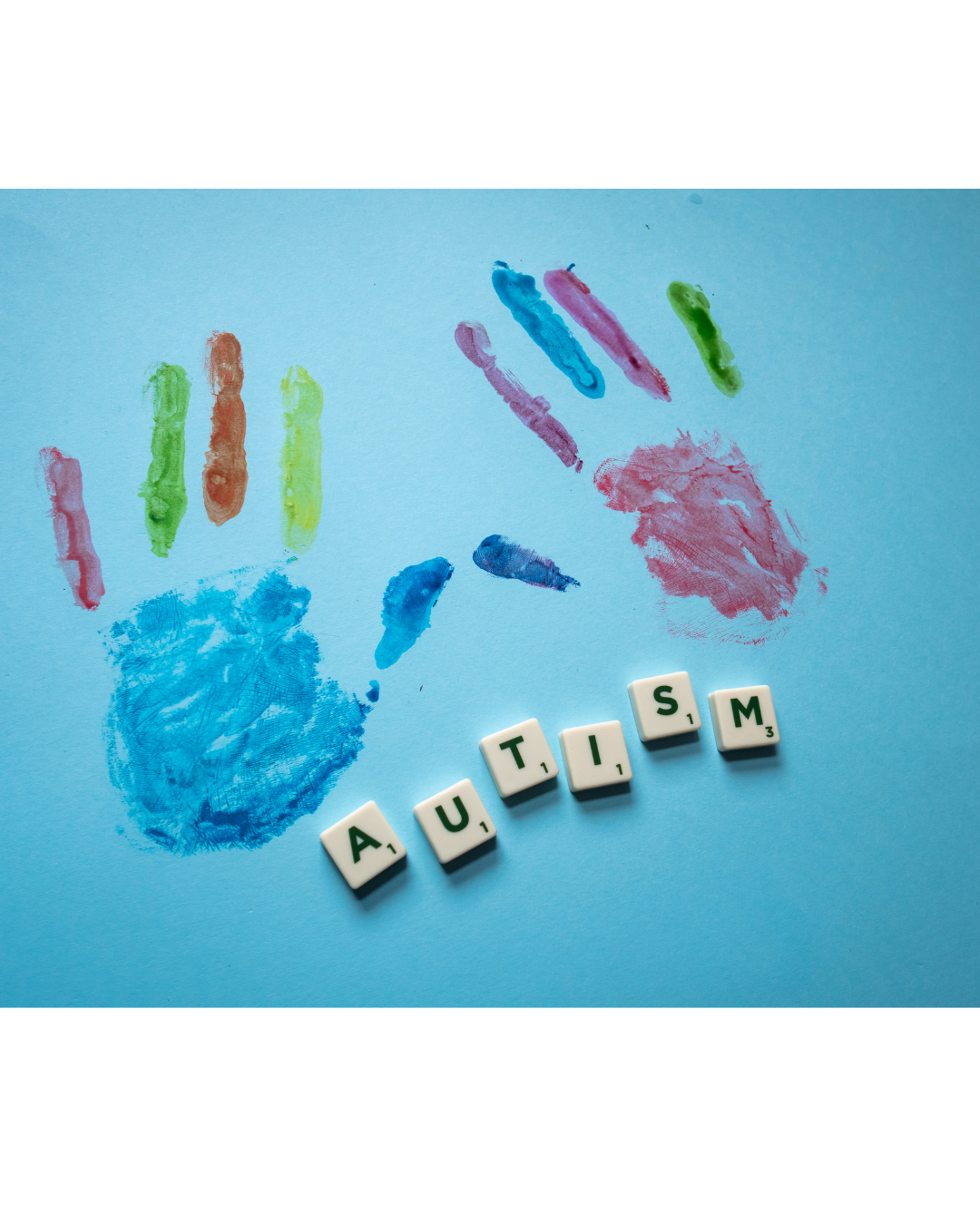Meltdown or Tantrum? Understanding the Difference Can Change Everything
As parents of autistic children, we've all been there.
Your child suddenly bursts into tears, throws themselves on the floor, or screams in frustration - sometimes in public, sometimes at home. The world might think "tantrum." But you know it's more than that.
Understanding the difference between a meltdown and a tantrum is one of the most powerful shifts a parent can make - because it changes how we respond.
🧠 What Is a Tantrum?
A tantrum is a purposeful expression of frustration, usually with an agenda behind it - like wanting a toy, snack, or attention. It's common in toddlers and young children as they learn boundaries and communication.
What it often looks like:
Crying or shouting with one eye on the parent
Stops quickly if the child gets what they want
May escalate when they feel ignored or boundaries are set
Tantrums are part of emotional development and respond well to calm consistency and boundaries.
🔥 What Is a Meltdown?
A meltdown is not a behavioural choice - it's a full-body response to sensory overload, emotional overwhelm, or too much demand. It can happen to autistic children, teens, and adults.
What it often looks like:
Sudden distress that builds fast
Shaking, screaming, hitting, running away, or shutting down
Doesn't stop quickly, even if the "trigger" is removed
Leaves the child feeling exhausted, embarrassed, or shaky afterward
Meltdowns aren't "bad behaviour." They are neurological storms - and need support, not punishment.
🧩 Why the Difference Matters
Treating a meltdown like a tantrum (with discipline, scolding, or ignoring) can increase distress, damage trust, and reinforce shame.
But when we recognise a meltdown for what it is, we can:
Reduce the triggers
Stay calm and supportive
Help our children feel safe, not misunderstood
💛 How You Can Support a Meltdown
When you see signs of overwhelm:
Lower your voice. Reduce talking.
Remove or dim lights, noise, and other sensory input.
Offer comfort without pressure. Sometimes quiet presence is enough.
Don't rush the recovery - allow your child to reset at their own pace.
Afterward, reconnect gently. Try saying:
"That was really hard. I'm here for you."
"You were feeling too much. You're safe now."
🛠️ Sensory Tools That Can Help
While you can't stop every meltdown, you can help reduce the frequency and intensity by:
Building predictable routines
Using tools like weighted lap pads, chews, noise-cancelling headphones, or a sensory-friendly toothbrush for daily routines
Knowing your child's triggers and working around them - not through them
👉 Explore our sensory care range here
Every child is different - but every child deserves to feel seen, supported, and understood.
❓FAQ
Q: How can I tell if it's a meltdown or tantrum?
A: Tantrums usually involve a goal and stop when that goal is met. Meltdowns are involuntary, triggered by overwhelm, and take longer to recover from.
Q: Can meltdowns happen to older children and teens?
A: Yes. Meltdowns are neurological, not age-related. Many autistic teens and adults experience them, though they may present differently (like shutting down).
Q: How can I help prevent meltdowns?
A: Use visual schedules, avoid known triggers, offer sensory tools, and give plenty of warning before transitions. Focus on reducing demand and increasing felt safety.




Leave a comment
This site is protected by hCaptcha and the hCaptcha Privacy Policy and Terms of Service apply.